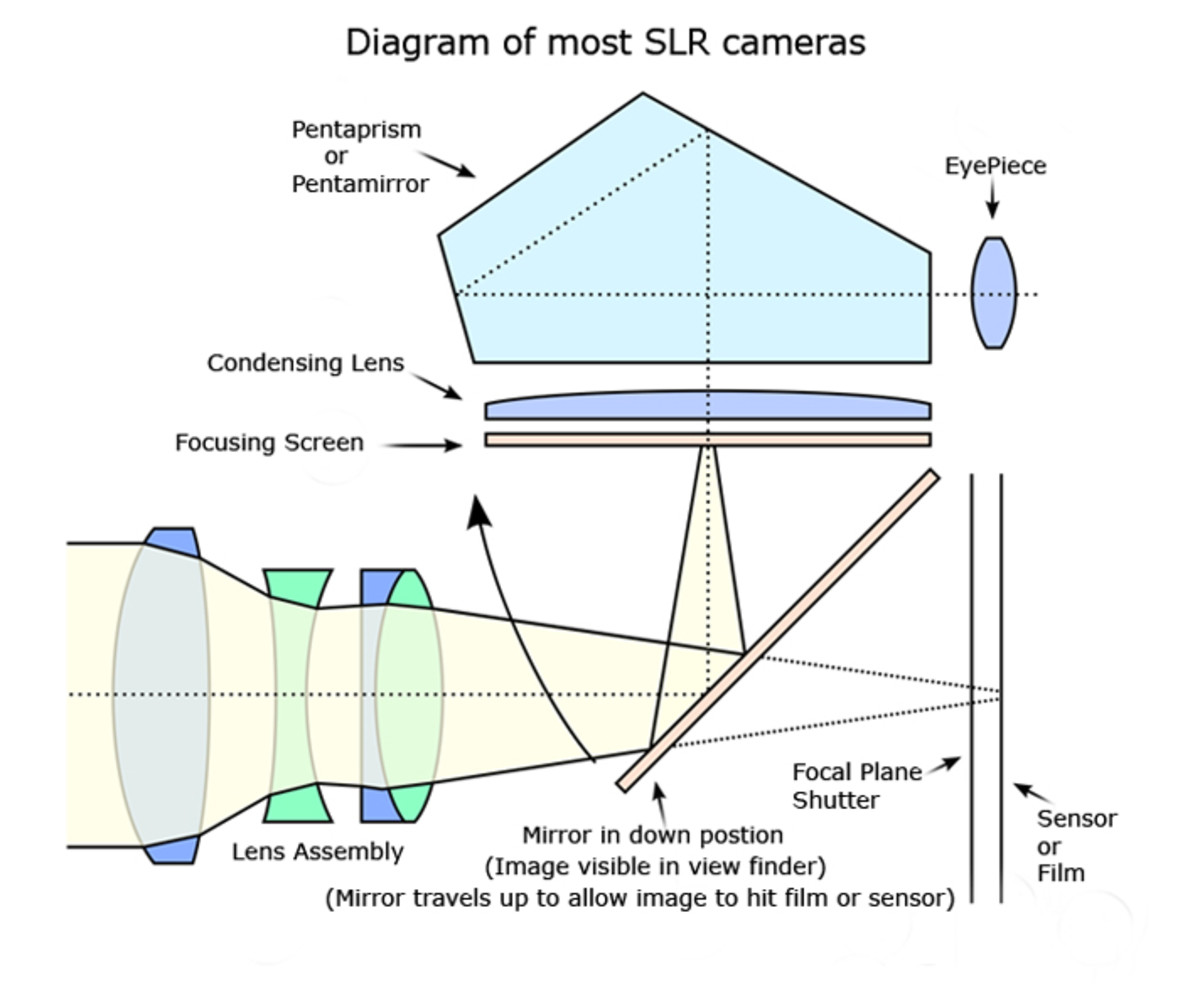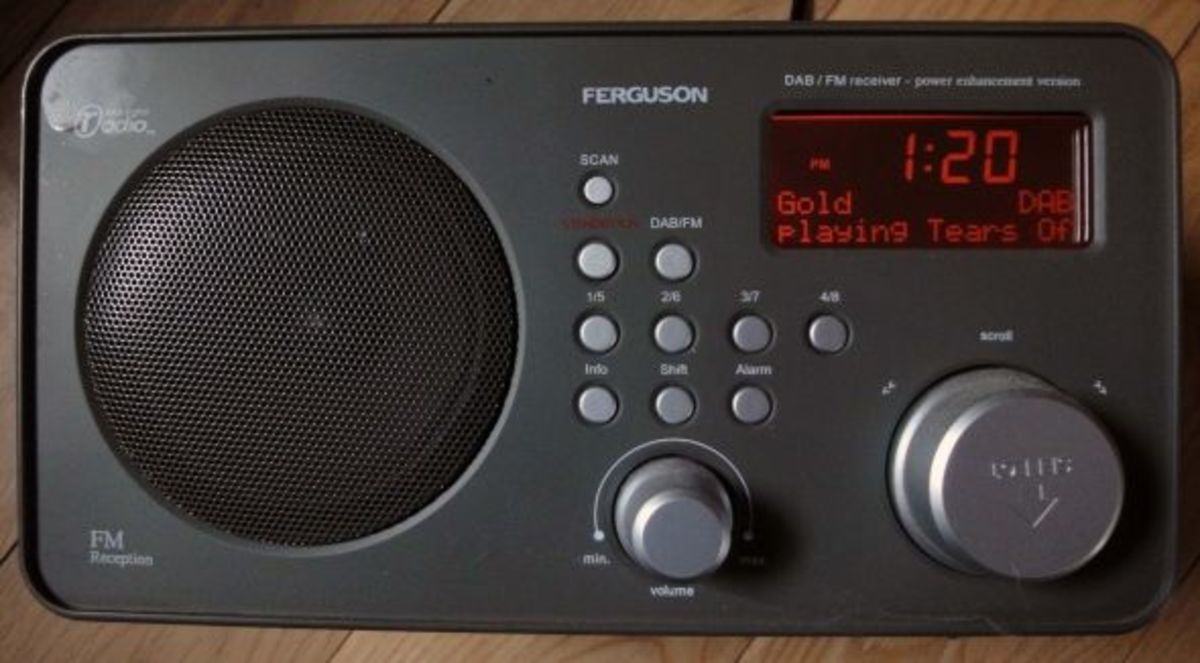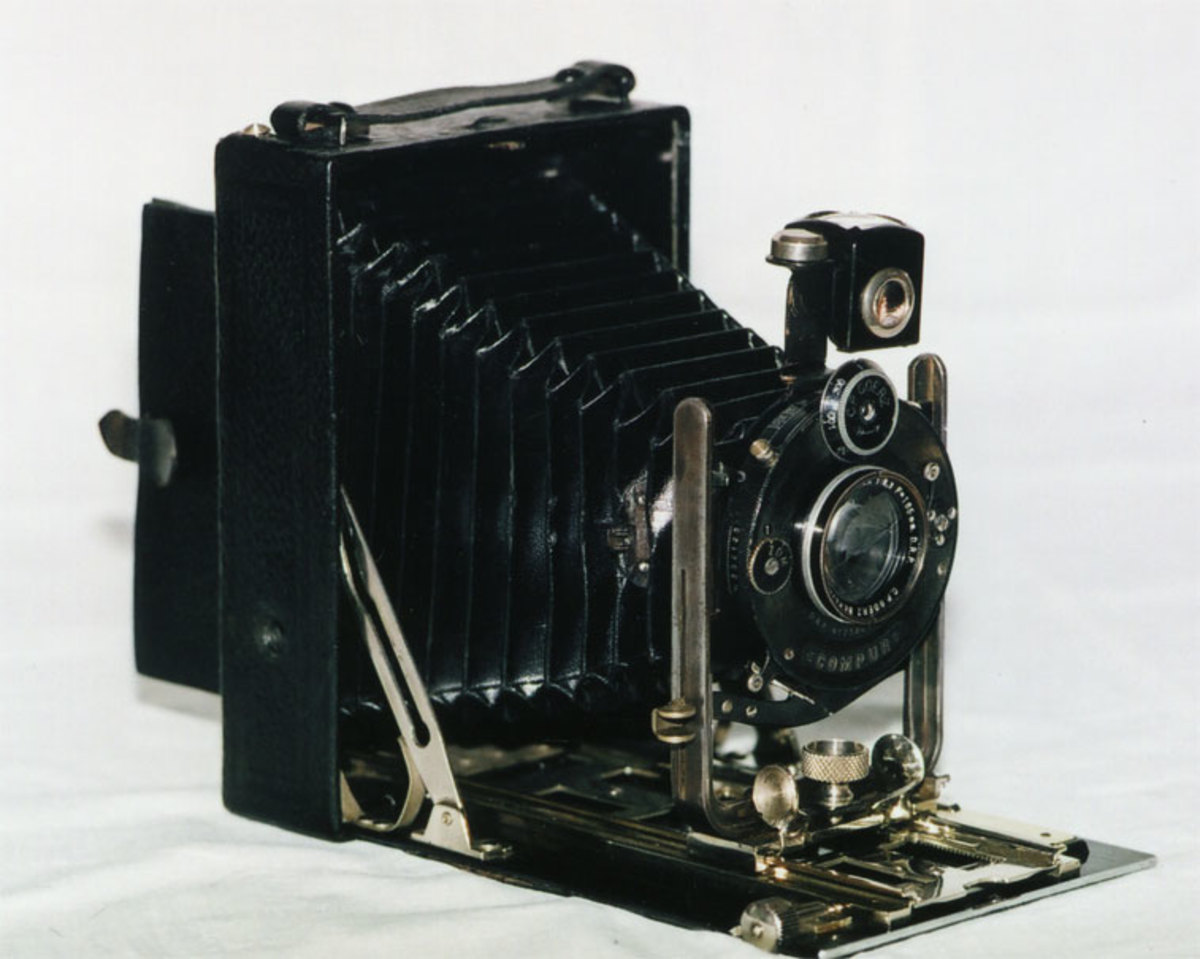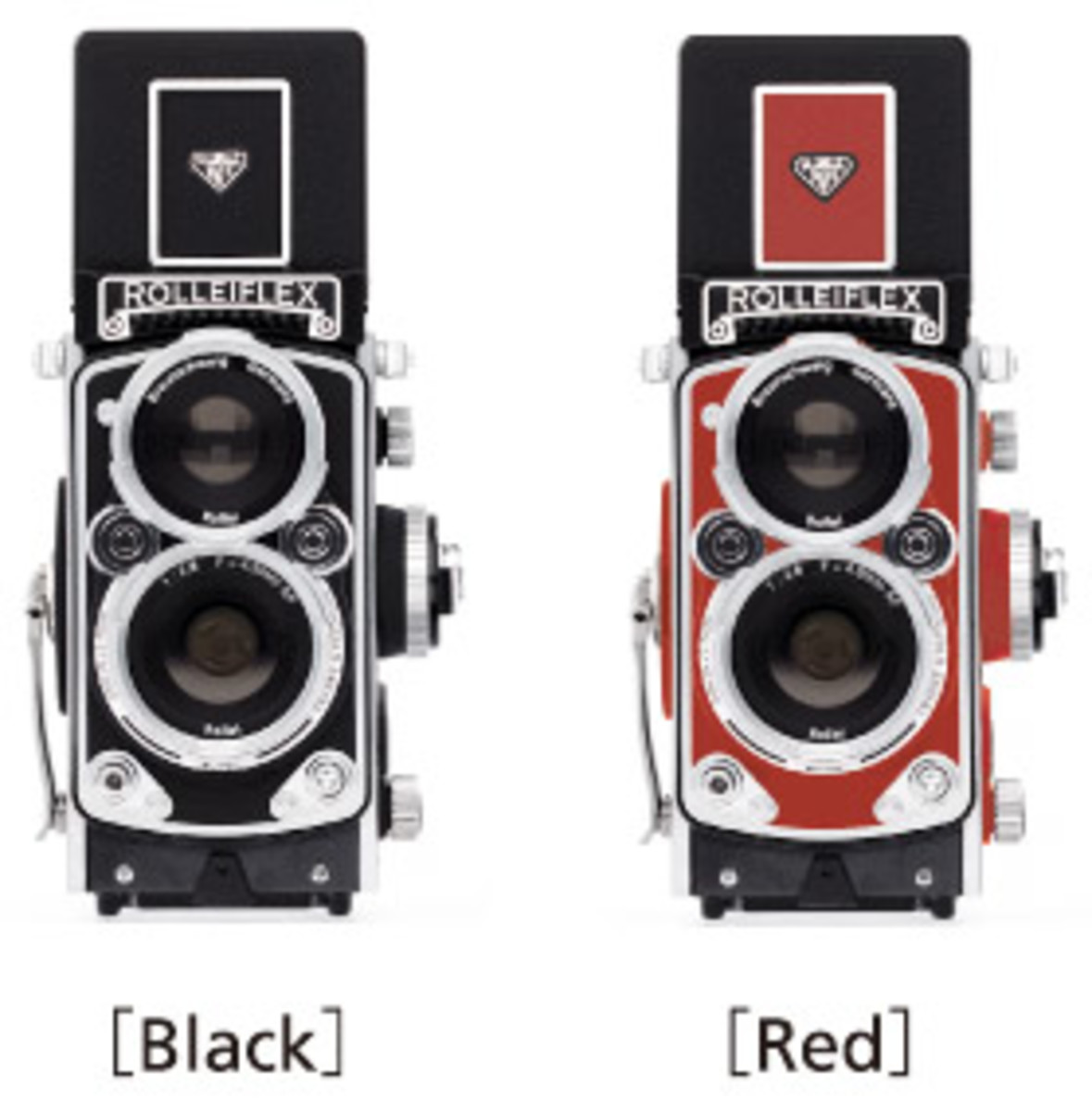The Cinematic Experience: The Digital Age of Cinema Cameras
Films are cameras and cameras are films. The real life in cinema had been nothing sans the “reel”. Here’s a quick homage to the shutter bug and a quick look at its transformation from the yesteryears to the digital figurine that it stands as today.
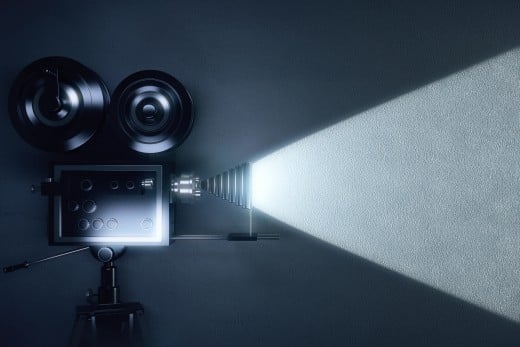
Cameras, Dating Back to 1999
In 1999, the American film ‘Bugsy’ became a part in a revolutionary step as it was the first film to be used for the demonstration of a digital camera.
June the 19th same year, film production house ‘Lucas Films’ with film distributors and film studios ‘20th Century Fox’ showcased ‘Star Wars: Episode I – The Phantom Menace’ as the first motion picture theatrically exhibited as ‘digital cinema’ using a Pluto digital storage system in the D-5 compression format.

The World Changed from then On.
As the 2000’s approached, cinema had seen a world of change take place during its very beginning. Theatres across the world were equipped to display digital cinema. New video formats were being introduced with companies constructing new and technologically advanced movie cameras.
Back in the 20th Century, the world of camera lenses jumped leaps with many lens makers such as ‘Carl Zeiss’, ‘Thomas Cooke’ and ‘ARRI’ constructing innovative digital lenses for photography and videography in various fields. In motion pictures these lenses helped push the technological boundaries of the then established film-stock cameras.
These film-stock cameras were the patent cameras of the time and with constantly improving sound recording and editing techniques, the photography of the movie camera was still used on the film strips.
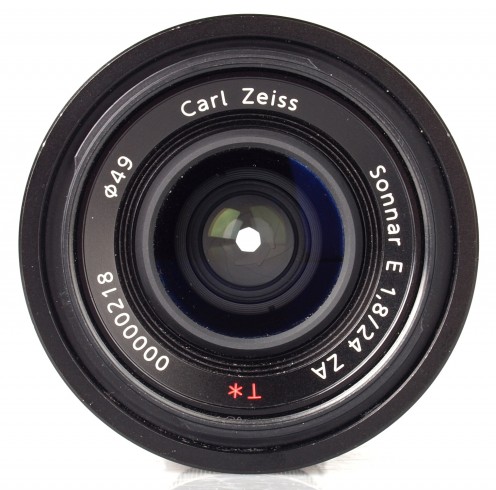
These film cameras had laid the foundation of camera ‘frame-rate’ and ‘aspect ratios’ which is still in use even in the digital formats.
With the introduction of digital cameras, the working and production of a film had been changed with cinematographers adjusting to the formats and mechanisms of these new cameras. These cameras had lesser trouble to function with everything becoming digitally-instructed on the machines which proved a better alternative than the hassle of travelling with endless film-stock.
Movies had morphed from the ‘physical’ film-strips onto the‘digital’ storage which proved rather useful.
DSLRs and DMPCs
Today, videography and photography have intertwined each other into small, compact and easily-mobile cameras with companies like Canon, Sony and Nikon spearheading the digital camera age with their (digital) single-lens reflex cameras or the DSLRs.
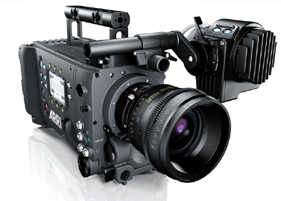
The DSLRs area a much faster and user friendly tool compared to any other kind of digital cameras or even photographic film (strip) cameras.
Where DSLRs are a perfect fit for photography, its video format lack the high quality cinematography that the Digital Motion Picture Camera provides.
Although heavier and more complicated in construction compared to the DSLR, the digital motion picture cameras provide the highest quality possible.
Digital Camera makers such as ARRI, Panavision and Sony lead the path with their own constructed cameras, being used worldwide, providing video resolutions reaching up to 2,000 and 4,000 pixels.
The high-speed digital camera manufacturing company Vision Research produces cameras marketed under the ‘Phantom’ brand which is the leader in slow-motion videography capturing motion as high as 5,000 frames/ second.
With new and innovative techniques and machinery emerging through the times in rapid fashion, film-making is in its brand new skin. Hence the possibilities are endless.
Which is your favourite digital camera today?
Like to Know More About the History of Cinema Cameras? Check out this Quick Video.
© 2016 BrandBerry Marcom

